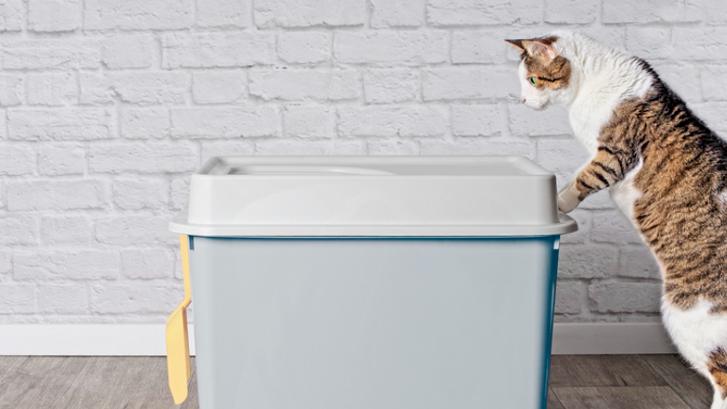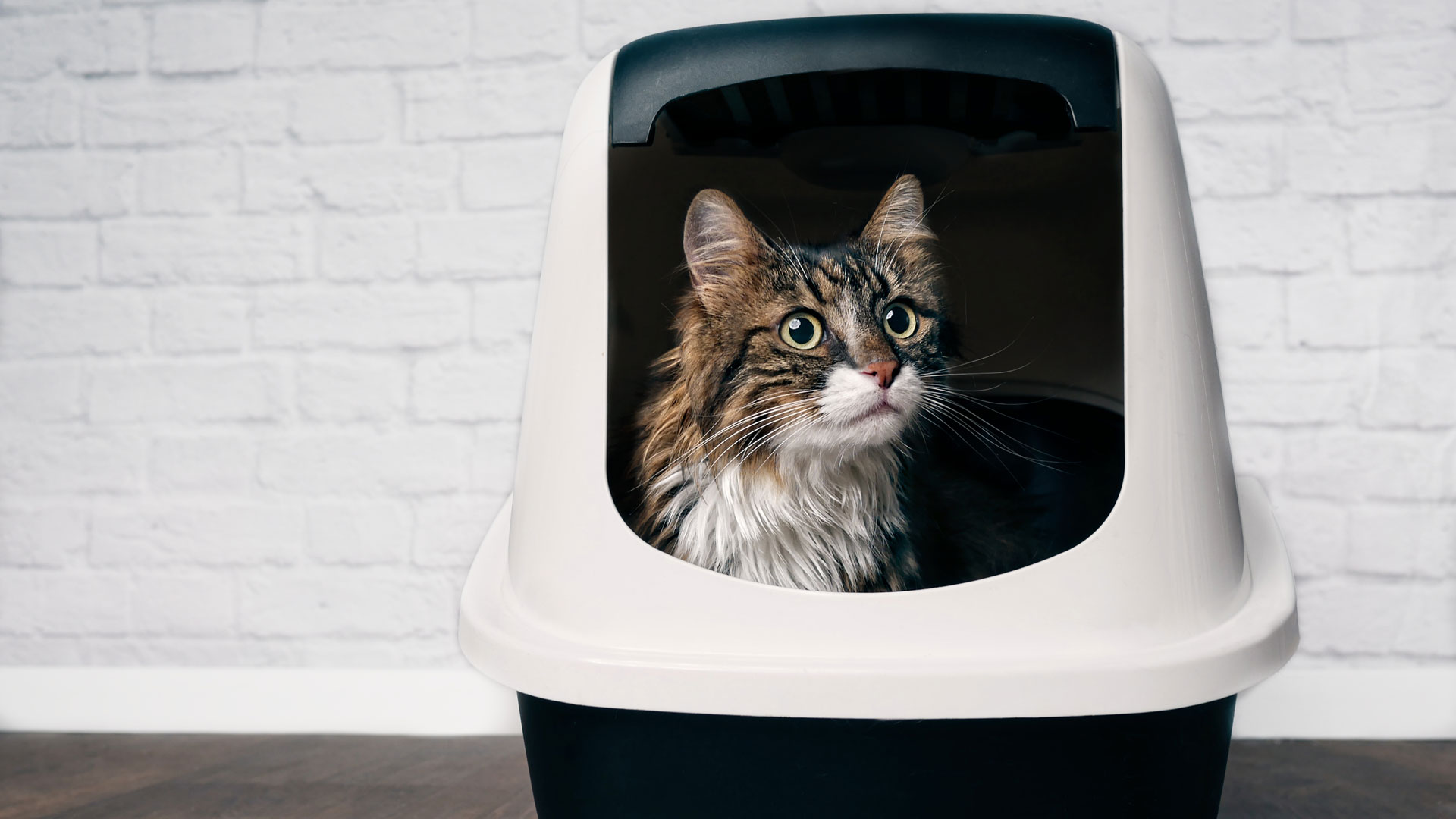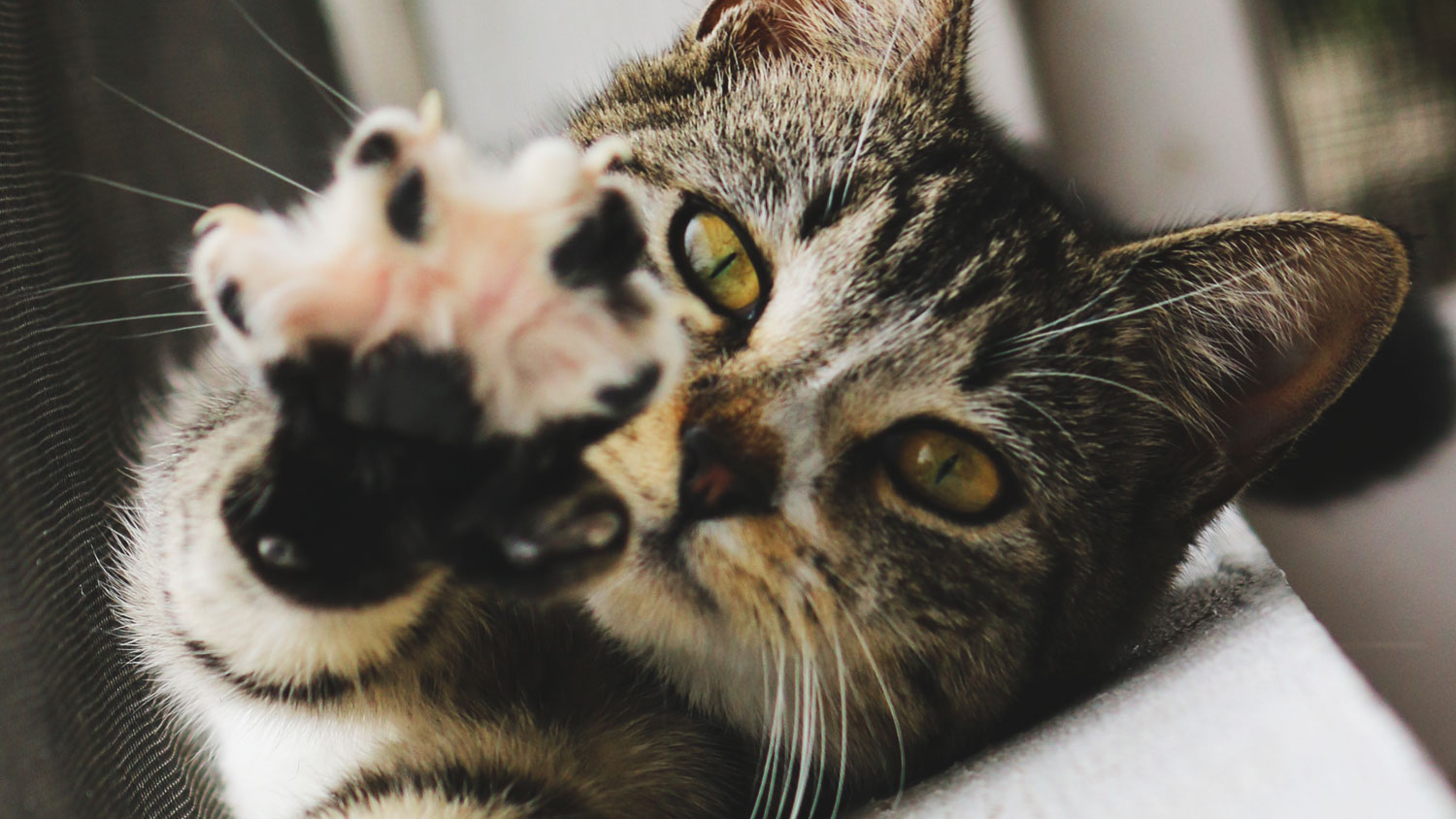Kidney failure in cats: Vet's guide to symptoms and treatment
Kidney failure due to chronic kidney disease is commonly diagnosed in older cats—read on to learn more about this condition and how to spot it

Kidney failure in cats can be due to CKD, Chronic kidney disease, or acute kidney injury. CKD is a type of kidney failure, and it is one of the most common diseases seen in geriatric cats.
Having pet insurance in place when you get a cat can help offset the financial costs associated with CKD and kidney failure so that you can focus your attention on caring for your feline friend.
Keep reading to learn more about kidney failure in cats, what signs to look out for, and how it’s treated.
- Best cat litter box: Get the best bathroom for your feline friend
- How to stop a cat from peeing in the house
What is kidney failure in cats?
Kidney failure occurs when there is a loss in kidney function of approximately 75%. This prevents the kidneys from performing their many jobs, including eliminating waste products from the blood, regulating hydration, maintaining electrolyte balance, controlling blood pressure, and stimulating red blood cell production.
The ability of the kidneys to repair themselves after damage is limited, so kidney disease is usually progressive.
Conditions of CKD or acute kidney injury may look similar in some cases, but the difference lies in the duration of disease.
Acute kidney injury occurs abruptly following a sudden deterioration in kidney function due to causes such as blood clots resulting from heart disease or cancer, toxins like anti-freeze and lilies, infections, certain drugs, and severe illnesses such as acute pancreatitis.
Get the best advice, tips and top tech for your beloved Pets
Causes of Chronic kidney disease
This article will focus on kidney failure due to CKD, as it is one of the most common diseases diagnosed in older cats, with some studies suggesting that it may affect up to 30-50% of cats over the age of 15 years.
Causes of CKD include congenital diseases (i.e., polycystic kidney disease in Persian cats), kidney infections, and certain cancers. Many cases do not have an apparent underlying cause, however.
Chronic kidney disease commonly leads to issues like anemia, hypertension, and loss of muscle mass.

Symptoms of kidney failure in cats
Because CKD has a gradual onset, it can be easy to miss in the early stages. Symptoms include:
- Increased thirst and urinations
- Lethargy
- Reduced appetite
- Weight loss
- Nausea and vomiting
- Hindlimb weakness, sometimes seen with a plantigrade, or “flat-footed,” stance
- Unkempt coat
- Bad breath, sometimes with a uremic smell, which can smell of ammonia or urine
- Constipation
- Pale gums
- Behavioral changes
Stages of kidney failure in cats
Chronic kidney disease is classified using the International Renal Interest Society (IRIS) staging system. There are four stages, 1-4, with higher stages relating to more severe kidney failure.
Staging is performed after CKD is diagnosed to determine disease severity and appropriate treatment. It is based on blood levels of creatinine and/or SDMA (waste products). The disease is then substaged based on the presence of protein in the urine and the cat’s blood pressure.
Diagnosis of kidney failure in cats
Chronic kidney disease is diagnosed in cats who show signs of kidney function loss, including dilute urine, protein in the urine, and increased waste byproducts (urea and creatinine) in the blood, over 3 months or more.
When a vet suspects CKD, they will obtain a thorough history, conduct a physical examination, and perform blood and urine tests. They may also wish to send a urine sample to the lab for culture, as cats with CKD are prone to urinary tract infections due to their dilute urine. Lastly, imaging such as X-rays or ultrasound may be recommended.
Treatment of kidney failure in cats
Since the kidneys cannot repair themselves, there is no cure for CKD. Several things can be done to slow the progression of disease, however. One of the best things that can be done for a cat with CKD is to feed them a veterinary therapeutic renal diet that has been clinically proven to prolong survival time.
These diets are low in protein to decrease the workload of the kidneys, and they contain low levels of phosphorus to slow disease progression and increased fat to supply extra calories. If a cat will not eat a renal diet, however, they should be fed whatever food they will eat to ensure that they receive enough calories and nutrients.
In addition, phosphate binders can be prescribed for cats with high phosphate levels that do not lessen with dietary management, and ACE inhibitors can be used to reduce the presence of protein in the urine.
Any underlying diseases, like hypertension, urinary tract infections, or anemia, should be addressed to prevent deterioration. Fluid therapy can be considered to keep cats hydrated, and some owners may even be able to give subcutaneous fluids at home.
Lastly, anti-nausea medications and appetite stimulants can be considered in cats with decreased appetite, nausea, or vomiting.
The frequency of monitoring in cats with kidney failure depends upon IRIS stage and how stable the patient is, with more frequent monitoring required for cats with more severe disease.

Is kidney failure in cats painful?
Although kidney failure in itself is not painful, it can significantly affect quality of life in cats as it progresses. Your veterinarian can help you determine whether your cat’s quality of life has deteriorated, and if so, to what extent.
Prognosis of kidney failure in cats
Because CKD is a multifactorial disease with several potential causes, its prognosis varies between patients. Certain factors worsen prognosis, including the presence of anemia, protein in the urine, elevated phosphorus levels, low white blood cell counts, high creatinine levels, and old age.
Although prognosis cannot be predicted with certainty, many cats at lower IRIS stages with stable disease can live happily for several years before they deteriorate.
When to euthanize a cat with kidney failure
There is no black and white answer as to when to euthanize a cat in kidney failure. Generally, if a cat’s quality of life has declined significantly to the point that they have fewer good days than bad days, owners should consider putting them to sleep.
In addition, cats with CKD who deteriorate suddenly may become very sick to the point that euthanasia is recommended. Your vet can guide you through this difficult decision in order to do what is best for your cat.
We answer, 'How long do cats live?' in this vet's guide.
Dr. Diana Hasler graduated with distinction from the University of Edinburgh Royal (Dick) School of Veterinary Studies in 2018. She has experience working as a small animal veterinarian in general practice, where she has treated many dogs, cats, rabbits, and rodents. She has also recently branched out into the field of medical communications, doing freelance work as a medical editor and writer. Dr. Hasler has been Postdoctoral Research Fellow at Michigan Medicine since 2023, where she is a Laboratory Animal Medicine Resident.

